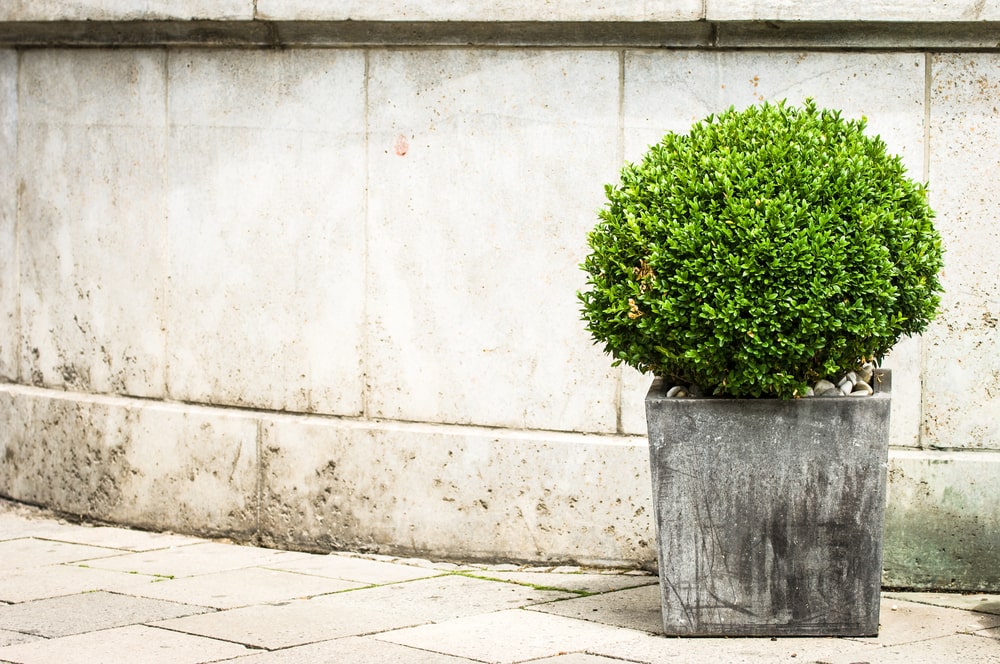POTTED EVERGREENS IS A POPULAR TREND RIGHT NOW
Winter is officially here. For the past month, I have been fielding questions about potted evergreens in outdoor containers. People are asking about the care of their plants through the cold, winter months. Also, some people, more recently, are asking about using a potted evergreen for use as Christmas décor which is a wonderful trend.
To me, the two biggest challenges with caring for your winter container gardens / potted evergreens are:
- Learning when to water these containers in the winter.
- Protecting the root system from cold damage.
LEARNING WHEN TO WATER
You never want plants to be dry going into any cold snaps. Here in Central Virginia, we can have some cold days, along with some warm spells. You can use your finger and stick into the soil to feel for moisture. Use common sense here and water when no moisture is detected. Personally, I thoroughly water all my containers once or twice a week only. Be sure to water until you see water coming out of the bottom drainage holes. No need to be doing any fertilizing during the winter unless you have blooming pansies, which are trying to grow and bloom for you this winter.
PROTECTING THE ROOT SYSTEM
The roots of our plants are more susceptible to cold damage than any other part of the plant. Generally, temperatures of zero or below have the potential to kill the roots of all but the toughest plants. Here is where the soil becomes our ally with protecting the roots. Soil has a substantial insulating effect on roots, and sufficient moisture makes it harder for the soil to completely freeze. While the air temperature might be frigid, the moist soil could be anywhere from 10 to 15 degrees warmer. My plants in all my containers are not root-bound and have sufficient soil for protection. Also, I will toss a little mulch on the top of my containers for further protection. Personally, I leave all my containers in the same location year-round. Yes, some people will move their containers up against the house for the winter—which is fine to do. I prefer not to.
HERE ARE A FEW MORE THOUGHTS AND TIPS ON CARING FOR POTTED EVERGREENS
- Pick tough, very hardy plants. We are in Zone 7 in Central Virginia. Many evergreens are hardier to be used in much colder zones such as Dwarf Alberta Spruce.
- Use containers that are as large as possible. This allows for more soil volume; the more soil there is, the better insulated the roots are. Avoid using clay or ceramic containers—these will likely crack over the winter. I know—been there, done that! I love using thick, colorful glazed containers.
- Some people will consider heeling their containers into the ground until spring. This does work. But, personally, I enjoy my container gardens in the winter as much as I do during the warmer months and I want my containers to stay where I have placed them.
- DON’T BRING THEM INSIDE! Some people ask about the possibility of bringing their container gardens indoors for the winter. Though theoretically possible, this has an even slimmer chance of success than leaving them outside. Evergreens, like my boxwoods, spruce, rely on a period of cold weather to stay dormant and grow properly. Indoors it is too warm for them, and the end result can eventually lead to death.
HAPPY WINTER GARDENING!!!!!!!!!

